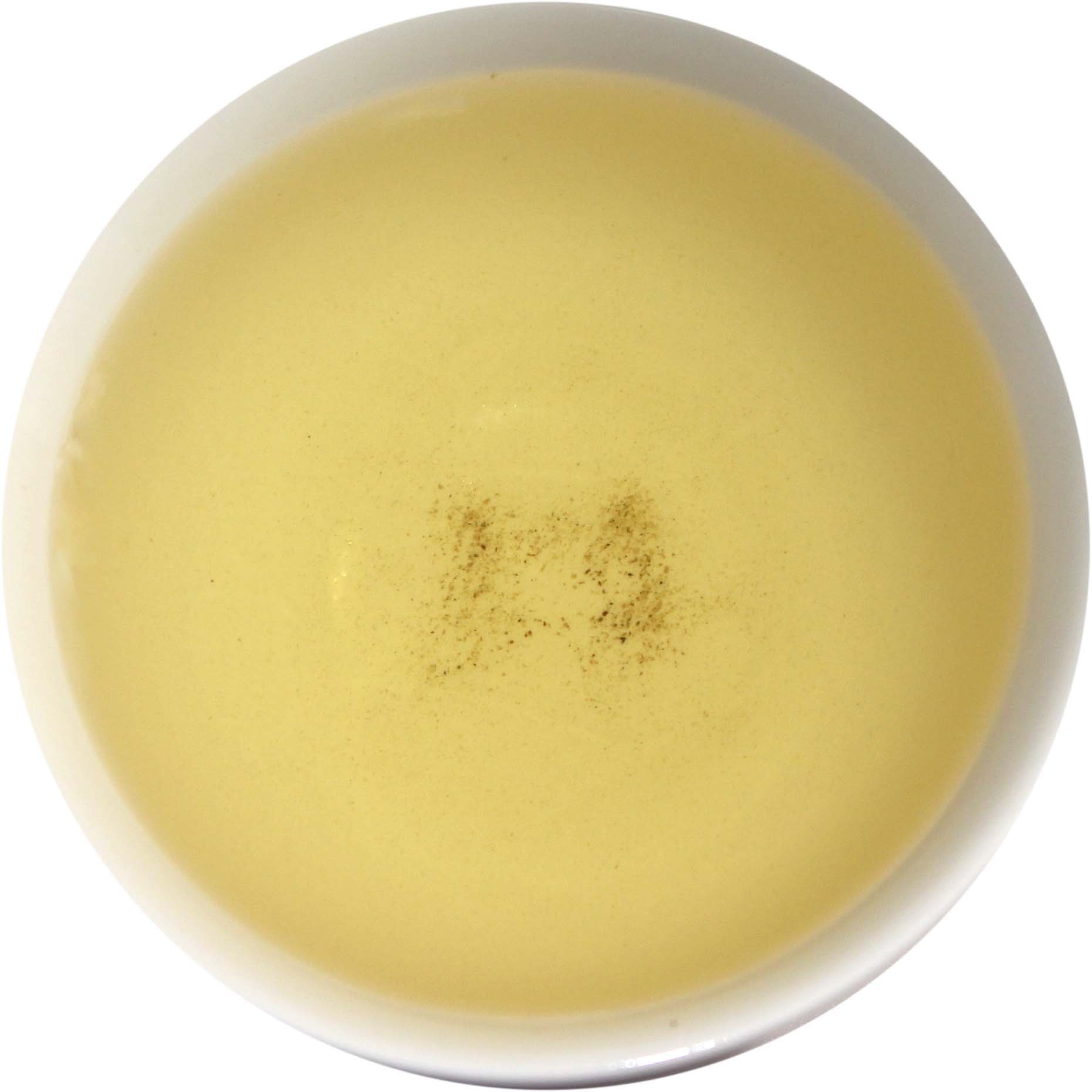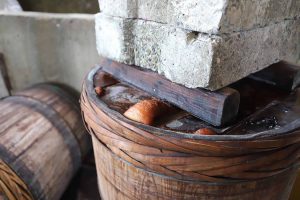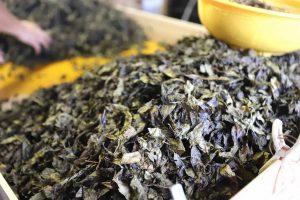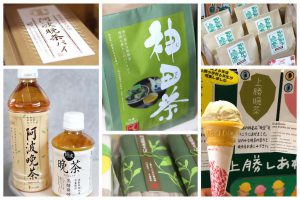MENU
MENU


Dark tea
Japan
Awa bancha (Tokushima, Japan)
Tea is classified into six categories: green tea, white tea, yellow tea, blue tea (oolong tea), black tea, and dark tea. This site introduces the various teas that CHAMART has sampled.
Dark tea
Post-fermented tea
Production area: Kamikatsu Town, Naka Town, Minami Town and Miyoshi City, Tokushima Prefecture
Each region has a distinctive brand name, such as Kamikatsu bancha, Jidencha, etc.
Flavor: sour, sharp
Making method: Awa bancha is by brewing it in a kyusu (teapot) in the same way as sencha and not by boiling the tea leaves in water with a pan.
Production method:
1. In July tea leaves are hand-picked by stripping them from branches.
2. The tea leaves are boiled in a large caldron within 3 days of being picked. After being boiled, the leaves are rolled by a tea rolling machine. The rolling machine used for Awa Bancha is shaped like a wooden boat.
3. The rolled leaves are put in a wooden bucket and covered with a wooden lid. Heavy stones are placed on the wooden lid and the tea is kept there for about 2 weeks in order to create a lactic fermentation.
4. The leaves are then dried on a straw mat in the sun or in a greenhouse.

Tea leaves fermenting in a wooden bucket
at Takeichi-noen, Kamikatsu Town (August 2019)

Jidencha, at Takeichi-noen, Kamikatsu Town (August 2019)
History:
The origin of Awa bancha is unknown, but there are a few local traditions. One is that a Buddhist monk Kukai introduced the production method of Awa bancha from Tang (China) where he studied Chinese Buddhism in the 9th century.
Important Intangible Folk Cultural Property
In 2018, Awa bancha, Goishicha, and Ishizuchi-kurocha were designated as “recordable folk cultural property” for their fermented tea producing technology in the Shikoku Region and in 2021, the production method of Awa bancha was designated an Important Intangible Folk Cultural Property of Japan.

Reference:
上勝町 ふるさと名物
http://www.kamikatsu.jp
http://www.kamikatsu.jp/docs/2019032500011/file_contents/kamikatsu_furusato.pdf
徳島県「阿波晩茶製造技術」調査報告書
国選択記録作成等の措置を構ずべき無形の民俗文化財
四国山地の発酵茶の製造技術「阿波晩茶製造技術」調査報告書 令和二年三月徳島県 総論P22
https://www.pref.tokushima.lg.jp
https://www.pref.tokushima.lg.jp/ippannokata/kyoiku/bunka/5037140
大森正司、阿南豊正、伊勢村護、加藤みゆき、滝口明子、中村羊一郎編(2017) 茶の事典 初版第一刷 朝倉書店
文化庁 報道発表 平成30年1月19日 文化審議会答申(重要無形民俗文化財の指定等)
https://www.bunka.go.jp/
https://www.bunka.go.jp/koho_hodo_oshirase/hodohappyo/__icsFiles/afieldfile/2018/01/18/a1400149_01.pdf
*The site does not describe all “Teas of Japan” or all “Teas of the World”. Additionally, each article expresses the writer’s personal experience and feelings.
*The information provided on this site may be updated. If you find any information in this article that is incorrect, new, or incomplete, please contact CHAMART.